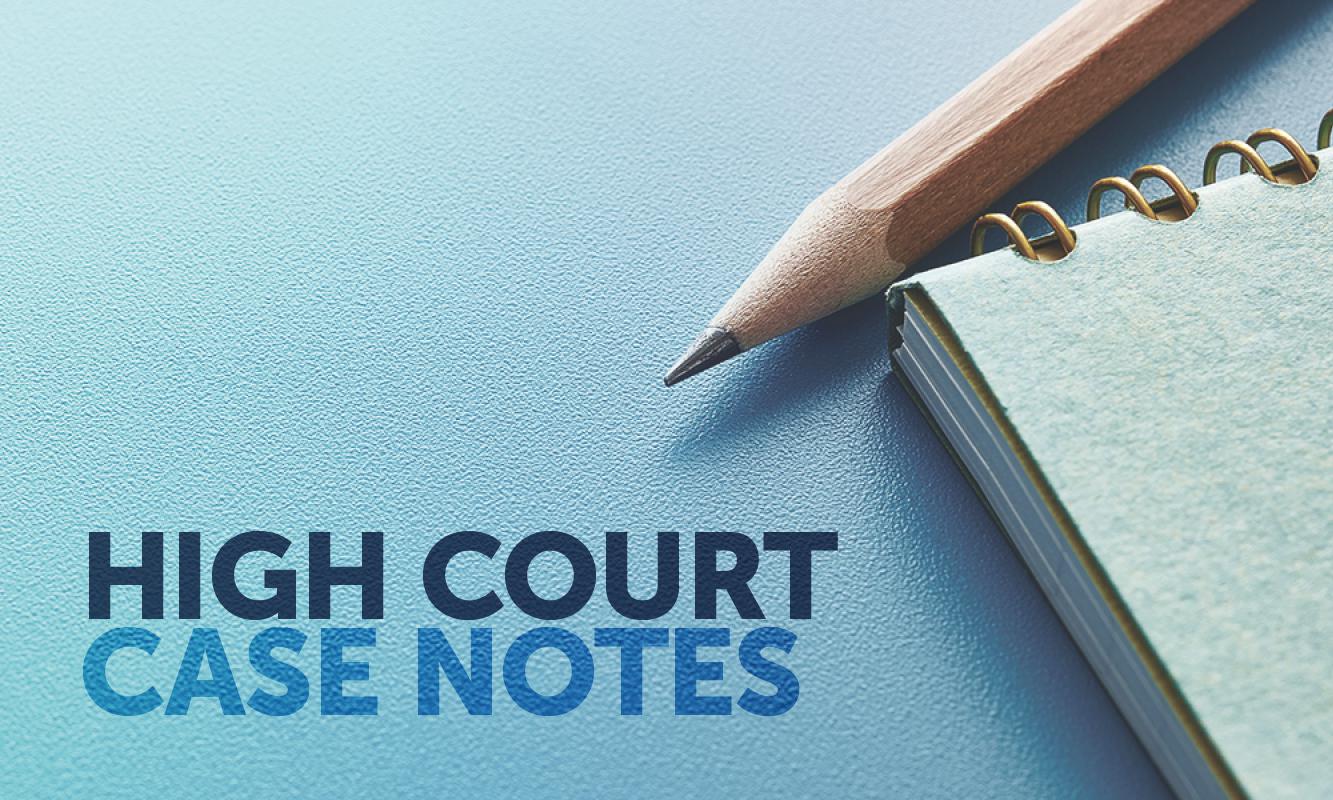Sentence – whether expectation that parole would be refused warranted lesser sentence
In The King v Hatahet [2024] HCA 23 (12 June 2024), the High Court allowed an appeal by the Commonwealth Director of Public Prosecutions of a conviction of the respondent for engaging in a hostile activity pursuant to s6 of the Crimes (Foreign Incursions and Recruitment) Act 1978 (Cth), and found the Court of Criminal Appeal of New South Wales was wrong to find that the sentencing judge erred in failing to take into account the low probability of parole on sentence.
The respondent had pleaded guilty to the offences arising from activities undertaken in Syria and was sentenced to five years’ imprisonment with a three-year, non-parole period.
The sentencing judge took into account a range of factors on sentence pursuant to s16A of the Crimes Act 1914 (Cth) (Crimes Act) including the conditions the respondent had been held in and the restrictions pursuant to COVID-19, but did not take into account the likelihood of whether the respondent would be granted parole at the end of the non-parole period.
Pursuant to s19ALB of the Crimes Act, parole is required to be refused unless the Attorney-General is satisfied that exceptional circumstances exist to justify making a parole order.
The respondent served three years’ imprisonment and was refused parole.
The respondent successfully appealed to the Court of Criminal Appeal of New South Wales on the basis that the sentence was manifestly excessive. The Director then sought leave to appeal to the High Court.
Gordon ACJ, Steward and Gleeson JJ cited the principles enunciated in Hoare v The Queen (1989) 167 CLR 348 that “the general principle is that the prospect of securing release on parole or of obtaining remissions is not relevant to the judicial task of sentencing” (at [21]), and three underlying conclusions: First, that a prisoner has no right to a remission and there cannot be a guarantee of a remission. Second, that the sentence should not exceed what is proportionate to the crime. Third, that increasing sentences because of future remissions, or decreasing sentences because of low probability, would turn it on its head (at [22]-[24]).
Their Honours (at [20]) distinguished between sentencing and parole and cited the principle enunciated in Minogue v Victoria 2019 268 CLR 1.
“In the case of the plaintiff, at all times, there remained only one sentence − imprisonment for life. The fixing of the non-parole period of 28 years said nothing about whether the plaintiff would be released on parole at the end of that non-parole period. It left his life sentence unaffected as a judicial assessment of the gravity of the offence committed. Indeed, the plaintiff has no right to be released on parole and may be required to serve the whole of the head sentence. At best, the non-parole period provided the plaintiff with hope of an earlier conditional release but always subject to and in accordance with legislation in existence at the time governing consideration of any application for parole. Put in different terms, the fixing of a non-parole period does no more than provide a ‘factum by reference to which the parole system’ in existence at any one time will operate” (Kiefel CJ, Bell, Keane, Nettle and Gordon JJ in Minogue v Victoria 2019 268 CLR 1 (at [16]-[17]).








Share this article